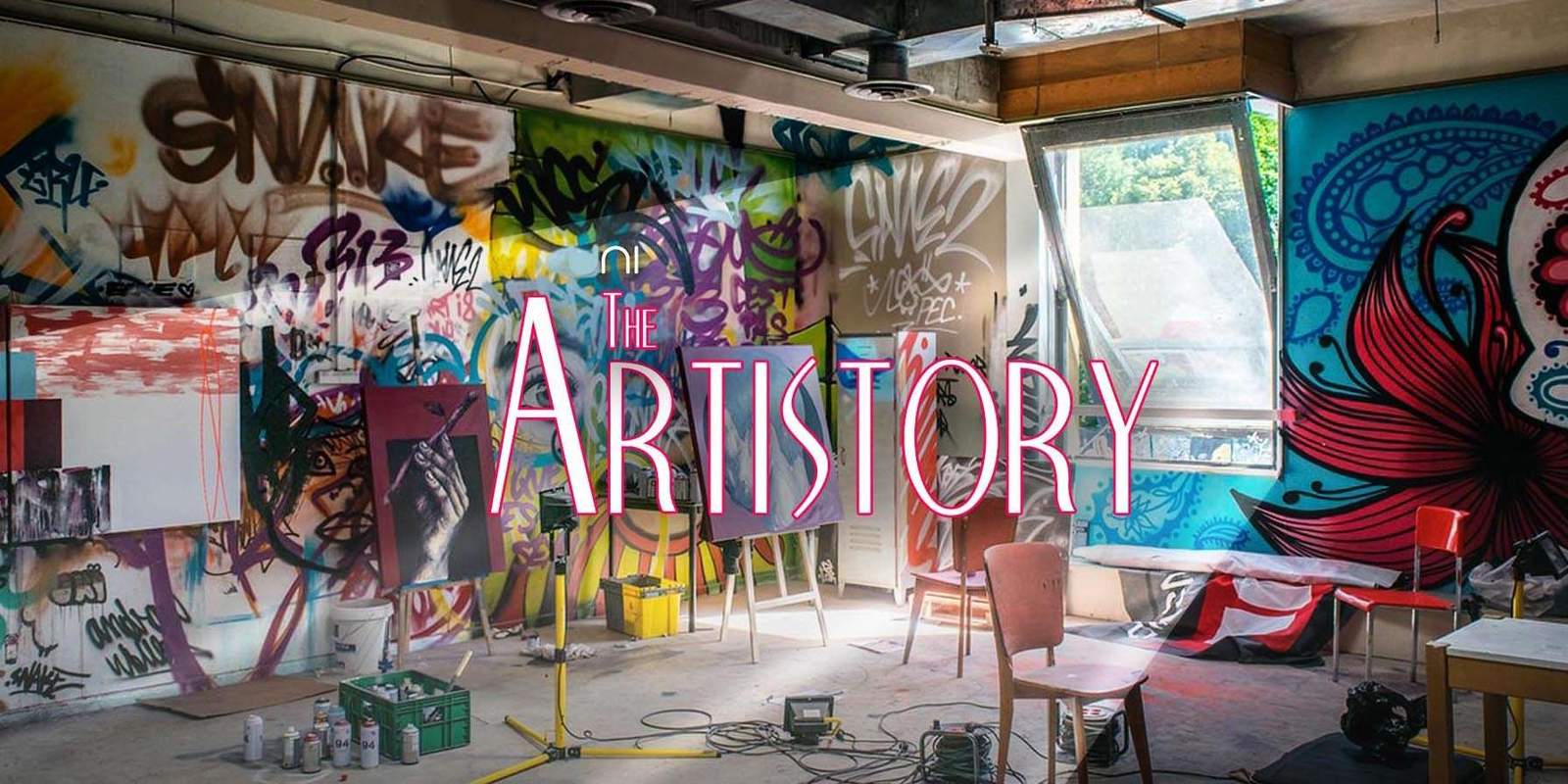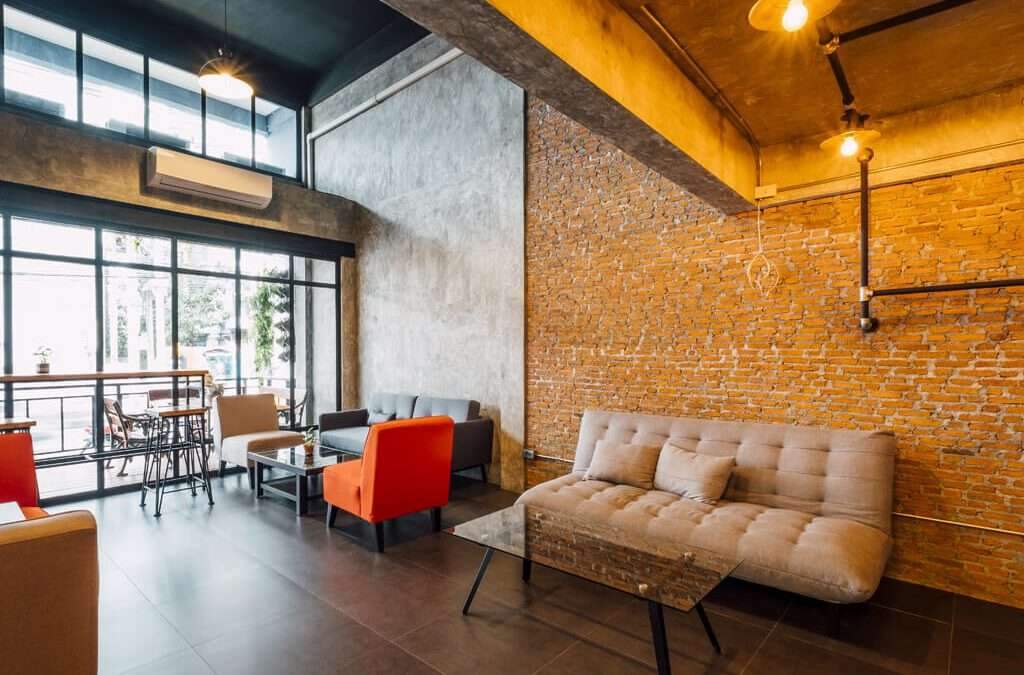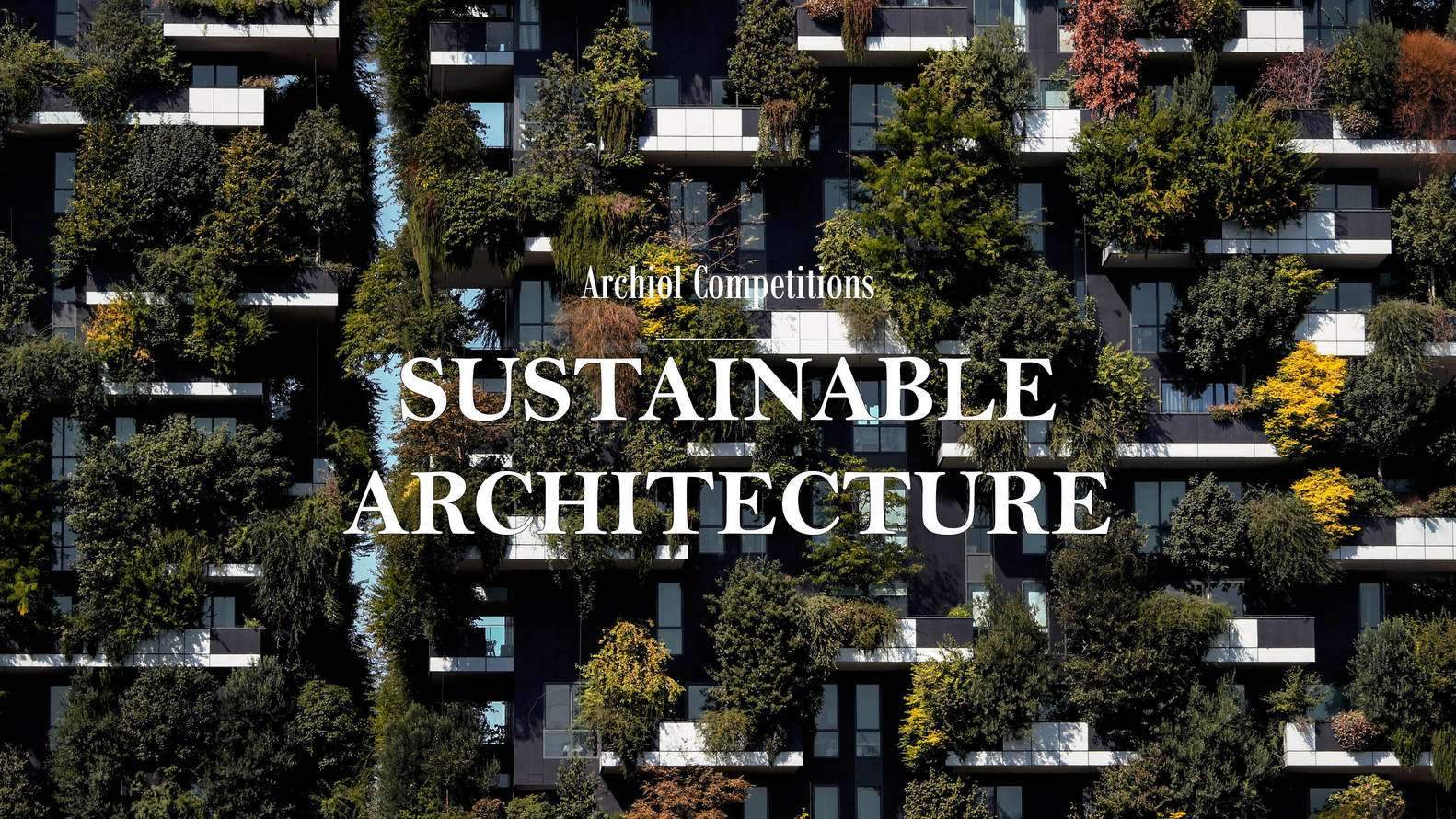Artistory – Creating a haven for today’s creative minds
PREMISE
Medieval times saw the increase of guilds that governed the functioning of artists, architects, and other professions. Those were times when art was considered elite and complicated . The work done by these artists was valued and helped put history eloquently for us to know it today.
These guilds focused on providing support to other craftsmen and also gained over a particular political stance. It helped reduce competition amongst themselves while maintaining the standards. The members of the guild were expected to pay its collective expenses reciprocally for the advantages obtained.
In modern terms, medieval guilds were committees and other governing bodies but on a bigger scale and focused on arts and trade.
Today’s artists, both small-scale and established ones, collaborate in cafes and parks as alittle group. And only spaces they need left are often counted on their fingertips.
BRIEF
Cherishing the tangible nature of the planet is as important as appreciating and evolving with technology. In today’s time, this social meeting happens in cafes and restaurants. Meeting people within the world and marveling over human being’s creative nature must become a revived culture. The challenge is to make an artist’s coworking where the art of all types can find an environment to grow. the planning is specifically tuned towards people that create, appreciate, and celebrate art in their daily lives.
Space would act as and supply an environment conducive to brewing ideas. it might be a tangible sort of a social website where artists today expand their horizons. The artists club can have different aesthetics, it can either be modern, minimal, and functional or it are often cozy, academic, and collaborative.







